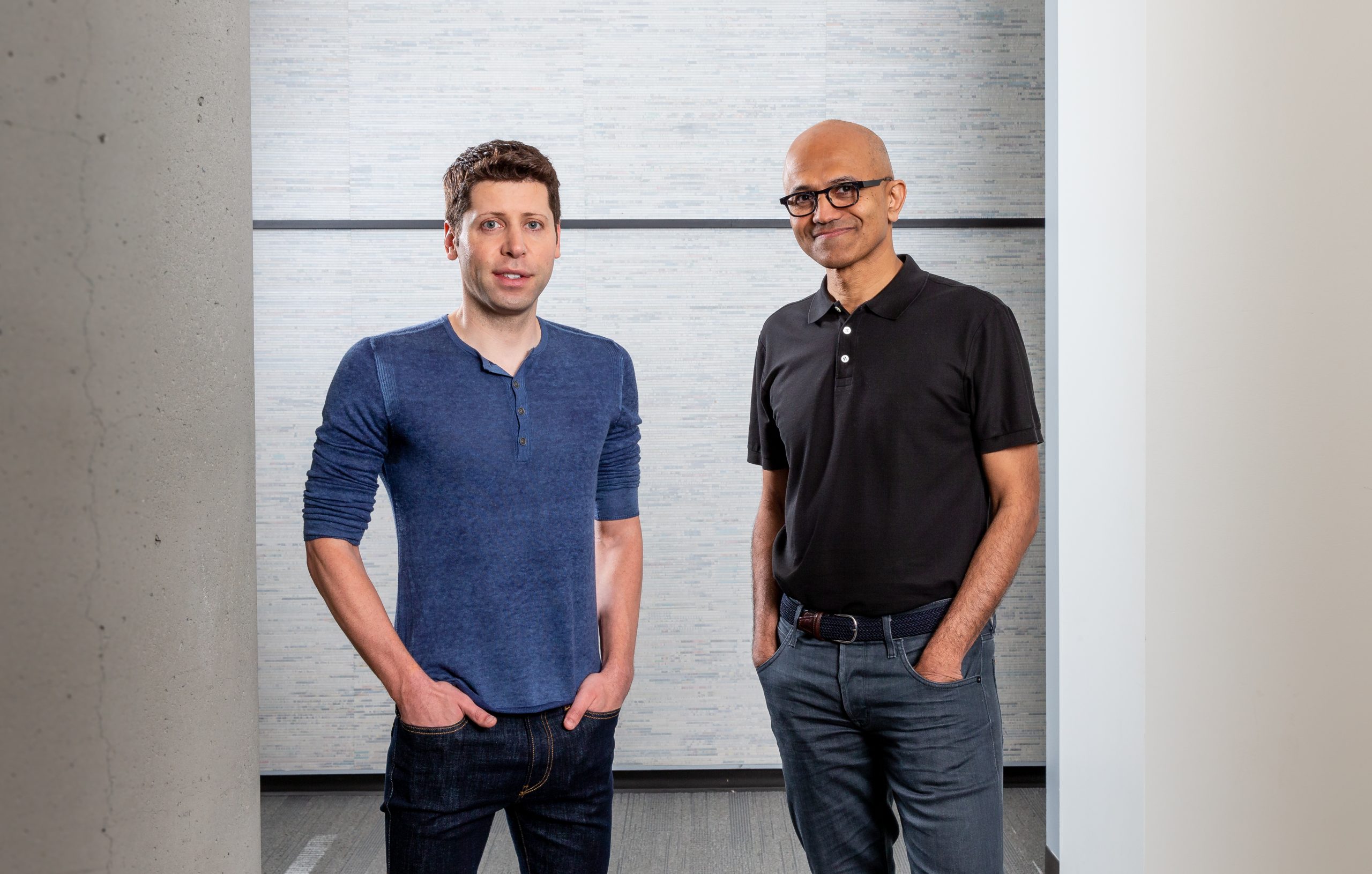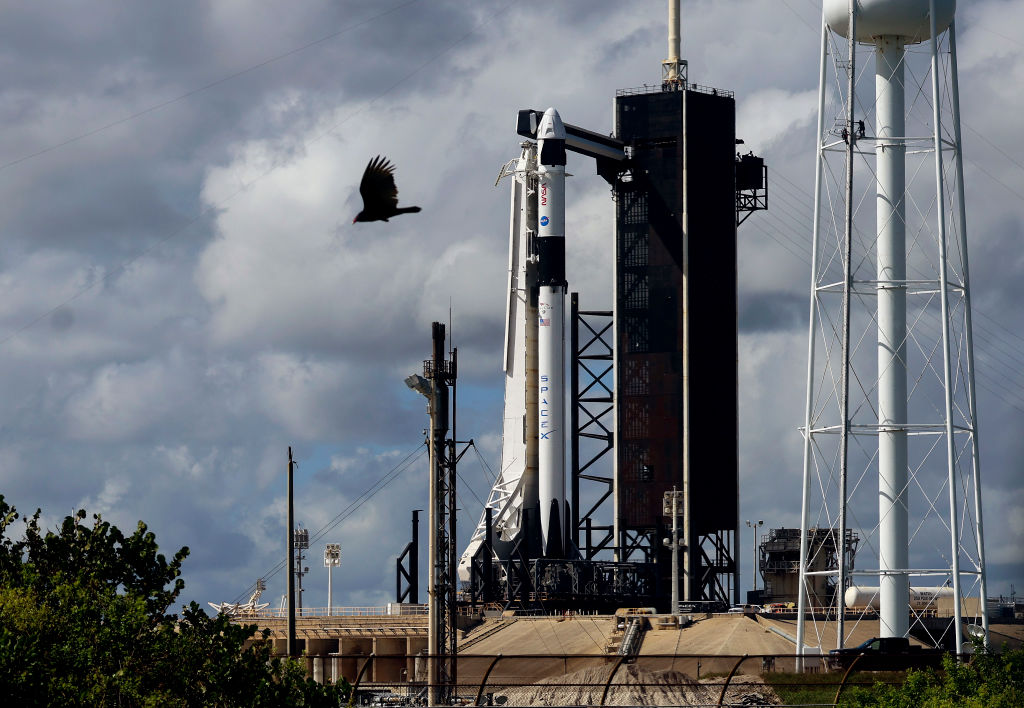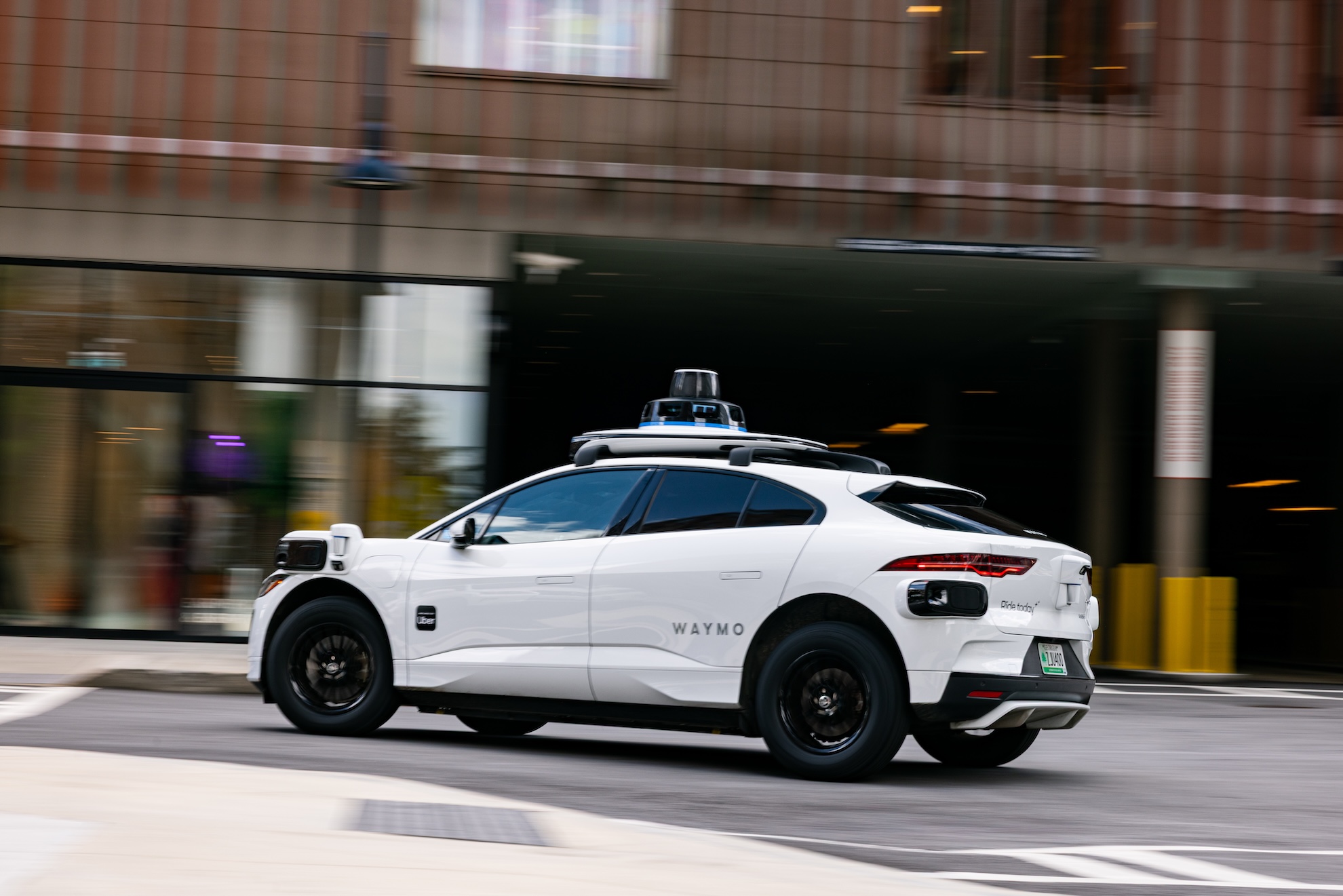
The artificial intelligence landscape is being reshaped by an unprecedented infrastructure commitment as OpenAI, the vanguard of generative AI technology, announced a colossal agreement with Amazon Web Services (AWS). This landmark deal, valued at $38 billion over a seven-year period, positions AWS as a critical enabler for OpenAI’s ambitious expansion of its "agentic workloads" and underscores the insatiable demand for high-performance computing necessary to fuel the next generation of AI innovation. Announced on November 3, 2025, the pact signals a significant strategic pivot for OpenAI, diversifying its foundational computing resources beyond its traditional primary partner, Microsoft.
A Foundation for Future AI: The Scale of the Deal
The sheer scale of the $38 billion commitment highlights the enormous computational intensity required to train, deploy, and scale advanced AI models. OpenAI intends to immediately commence utilizing AWS’s robust compute infrastructure, with a clear roadmap to deploy all contracted capacity before the close of 2026. This initial deployment phase is also accompanied by options for further expansion into 2027 and beyond, indicating a long-term strategic alignment between the two tech titans. The term "agentic workloads" refers to sophisticated AI systems designed to perform complex tasks, make decisions, and interact autonomously with environments or other systems, often requiring vast, continuous computational power and specialized hardware like Graphics Processing Units (GPUs). These systems represent a significant leap from current generative models, promising to automate more intricate processes and potentially revolutionize industries from healthcare to finance.
Strategic Realignment: Diversifying Beyond Microsoft
This monumental agreement arrives on the heels of OpenAI’s recent corporate restructuring, a move that crucially untethered the company from the necessity of obtaining Microsoft’s explicit approval for securing computing services from alternative providers. Historically, Microsoft has been OpenAI’s largest investor and exclusive cloud partner through its Azure platform, a relationship that has been instrumental in OpenAI’s ascent, particularly with the widespread success of ChatGPT. However, as OpenAI’s ambitions grew, the need for diversified infrastructure became paramount. The restructuring, finalized just weeks prior to the AWS announcement, paved the way for OpenAI to pursue a multi-cloud strategy, mitigating risks associated with single-provider reliance and potentially leveraging competitive pricing and specialized offerings from various vendors. This diversification is not merely about capacity but also about resilience, flexibility, and access to a broader spectrum of specialized hardware and software ecosystems.
The Indispensable Role of Cloud Computing in AI
The pursuit of massive cloud deals like this underscores a fundamental truth in the current AI epoch: advanced artificial intelligence, particularly large language models (LLMs) and agentic systems, is profoundly compute-intensive. Training a single state-of-the-art AI model can consume energy equivalent to powering several homes for a year and require thousands of specialized chips working in concert. Cloud computing platforms like AWS provide the scalable, on-demand access to these formidable resources without the prohibitive upfront capital expenditure and operational complexities of building and maintaining proprietary data centers on such a scale. Furthermore, cloud providers offer a sophisticated ecosystem of AI-specific services, development tools, and data management solutions that accelerate the AI development lifecycle. For AI innovators, securing access to vast pools of GPUs and high-bandwidth networking is not merely a preference but a foundational necessity for competitive advantage and technological progress.
OpenAI’s Ambitious Trajectory: A Brief History
OpenAI was founded in 2015 by an eclectic group of tech luminaries, including Elon Musk, Sam Altman, and Greg Brockman, with an initial mission to ensure that artificial general intelligence (AGI) benefits all of humanity. Initially structured as a non-profit, the organization transitioned to a "capped-profit" model in 2019 to attract the immense capital required for its research, while still attempting to uphold its original safety-first ethos. This shift marked the beginning of its deep partnership with Microsoft, which invested billions and integrated OpenAI’s models into its product suite.
The launch of ChatGPT in November 2022 catalyzed a global AI awakening, demonstrating the practical power of generative AI to millions. This moment transformed OpenAI from a respected research lab into a global technology powerhouse, sparking an intense AI arms race among tech giants. As its models grew more capable and its user base exploded, the demands on its computational infrastructure spiraled, necessitating a strategy to secure an unprecedented scale of computing power. The AWS deal, therefore, represents the latest, and arguably most significant, step in this continuous quest for computational supremacy.
AWS: A Strategic Ally in the AI Race
For Amazon Web Services, securing OpenAI as a major client is a significant strategic victory. AWS has long dominated the global cloud computing market, providing foundational infrastructure for countless enterprises worldwide. However, the burgeoning AI sector presents a new frontier for intense competition among cloud providers. This deal positions AWS squarely at the forefront of powering the most advanced AI research and deployment, potentially attracting other AI innovators seeking similar scale and reliability. It also signifies a major commitment by AWS to enhance its AI-specific offerings, including its custom-designed chips like Trainium and Inferentia, and its broader suite of machine learning services. By supporting OpenAI’s "agentic workloads," AWS is not just selling compute; it is investing in the future of AI itself, ensuring its platform remains indispensable as AI technologies mature and integrate more deeply into the global economy.
The Trillion-Dollar Vision and Broader Infrastructure Investments
The AWS agreement is not an isolated event but a critical component of OpenAI’s audacious long-term strategy to invest more than $1 trillion in computing power over the next decade. This staggering sum reflects the company’s belief that future AI models will require orders of magnitude more compute than current iterations, potentially leading to breakthroughs in AGI. To achieve this vision, OpenAI has been aggressively forging partnerships across the globe. Beyond AWS, the company has announced collaborations for new data center buildouts with Oracle, SoftBank, and entities in the United Arab Emirates, among others. These partnerships aim to establish a distributed, resilient, and massive global infrastructure network. Concurrently, OpenAI has secured crucial deals with leading chipmakers, including Nvidia, AMD, and Broadcom, to ensure a steady supply of the specialized processors that are the lifeblood of modern AI. These multi-faceted investments highlight a comprehensive approach to securing every layer of the AI infrastructure stack, from silicon to cloud services to physical data centers.
Navigating the "AI Bubble" Debate
Such monumental investments, however, have not been without scrutiny. A growing chorus of analysts and commentators are raising concerns about a potential "AI bubble," questioning the sustainability of spending trillions of dollars on a technology whose long-term economic returns are, to some extent, still unproven. Critics point to the immense capital expenditure, the energy consumption, and the complex ethical and safety challenges that still need to be addressed. They argue that the current fervor might be outpacing practical applications and profitability, drawing parallels to past tech bubbles.
Conversely, proponents argue that the transformative potential of AI justifies these investments. They envision a future where AI drives unprecedented productivity gains, accelerates scientific discovery, and creates entirely new industries, generating returns that far outweigh the initial outlays. For them, the current phase is an essential period of foundational investment, akin to the early days of the internet or the personal computer, where massive infrastructure build-outs paved the way for widespread adoption and economic revolution. The debate underscores the inherent risk and reward dynamics at play in a rapidly evolving technological frontier.
Market Dynamics and Competitive Landscape
This deal reverberates throughout the entire tech ecosystem. In the cloud market, it intensifies the battle for AI workloads, pushing AWS, Microsoft Azure, Google Cloud, and Oracle Cloud Infrastructure to further differentiate their offerings, particularly in specialized AI hardware and services. For AI developers, the increased availability of compute, albeit concentrated among a few major players, could accelerate innovation but also raise questions about equitable access to such powerful resources. The competitive landscape for AI itself also becomes more defined, with companies like OpenAI and its peers cementing their positions through sheer infrastructural might. Smaller startups might find it increasingly challenging to compete at the foundational model level without significant backing, potentially leading to further consolidation in the AI industry.
Future Implications: Society, Ethics, and Innovation
The long-term implications of this scale of AI infrastructure development extend far beyond market dynamics. The deployment of advanced "agentic workloads" promises profound societal shifts. These systems could redefine work, enhance scientific research, personalize education, and revolutionize healthcare. However, they also raise critical questions about job displacement, the concentration of power in a few AI-developing entities, and the ethical governance of increasingly autonomous systems. The energy footprint of these vast computing farms is another significant consideration, driving innovation in sustainable computing and renewable energy solutions. As AI becomes more integrated into the fabric of daily life, the infrastructure underpinning it will play a pivotal role in shaping our collective future, necessitating ongoing dialogue and collaboration across industry, government, and academia to ensure responsible development and deployment.
In essence, the $38 billion pact between OpenAI and Amazon AWS is more than just a commercial transaction; it is a profound declaration of intent. It underscores the monumental resources required for the next wave of AI innovation, signals a strategic shift in OpenAI’s infrastructure strategy, and sets a new benchmark for the scale of investment in the global AI race. As the digital world accelerates into an AI-powered future, the silent hum of countless servers in cloud data centers will be the engine driving this transformative era.





